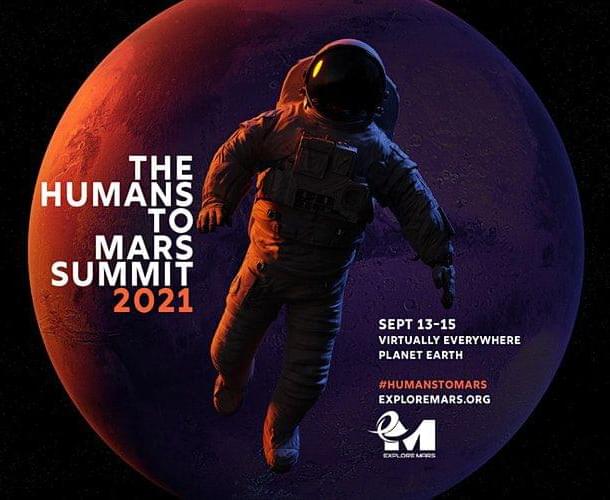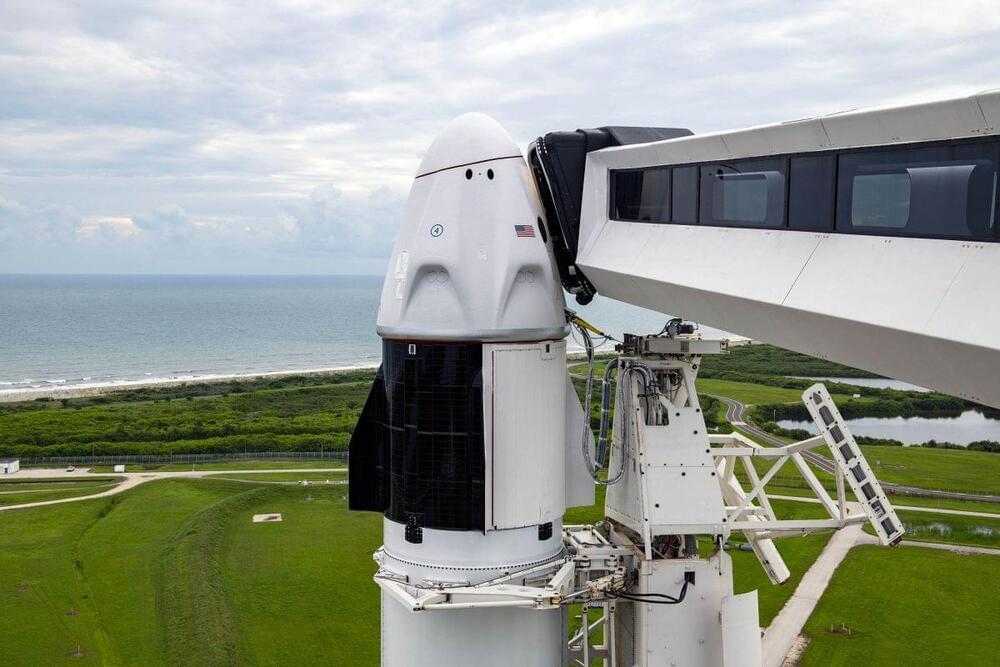
Going to hear the SpaceX fans complaining about this but it actually makes perfect sense. SpaceX is already “deep into development” of the vehicle they plan on using for a lander therefore they don’t get as much money as a group that hasn’t started on development yet. Keep in mind that NASA is well aware that SpaceX is already using their money to develop Starship and SuperHeavy so there is no real need to ‘double-down’ on taxpayer development funding to a company that is already spending that money on that development.
One need look no further than the “race” between SpaceX and Boeing over Commercial Crew. Dragon had been in development since 2004 (and funded by NASA since 2006 or cargo and 2010 for crew) while Boeing only started development of Starliner in 2010. SpaceX took 4 years longer than planned for the Cargo version, (2006 scheduled but didn’t fly till 2010) and a full decade after that using the same basic design to fly crewed (2020) Boeing’s Starliner, even if it doesn’t fly this year is still ahead of SpaceX’s development.
It should be rather telling that SpaceX got the lowest award of all the contracts. Starship has always been the ‘outlier’ of the lander designs.
Both Elon Musk’s SpaceX and Jeff Bezos’ Blue Origin will design moon landers that NASA can use to regularly send astronauts to the moon.









